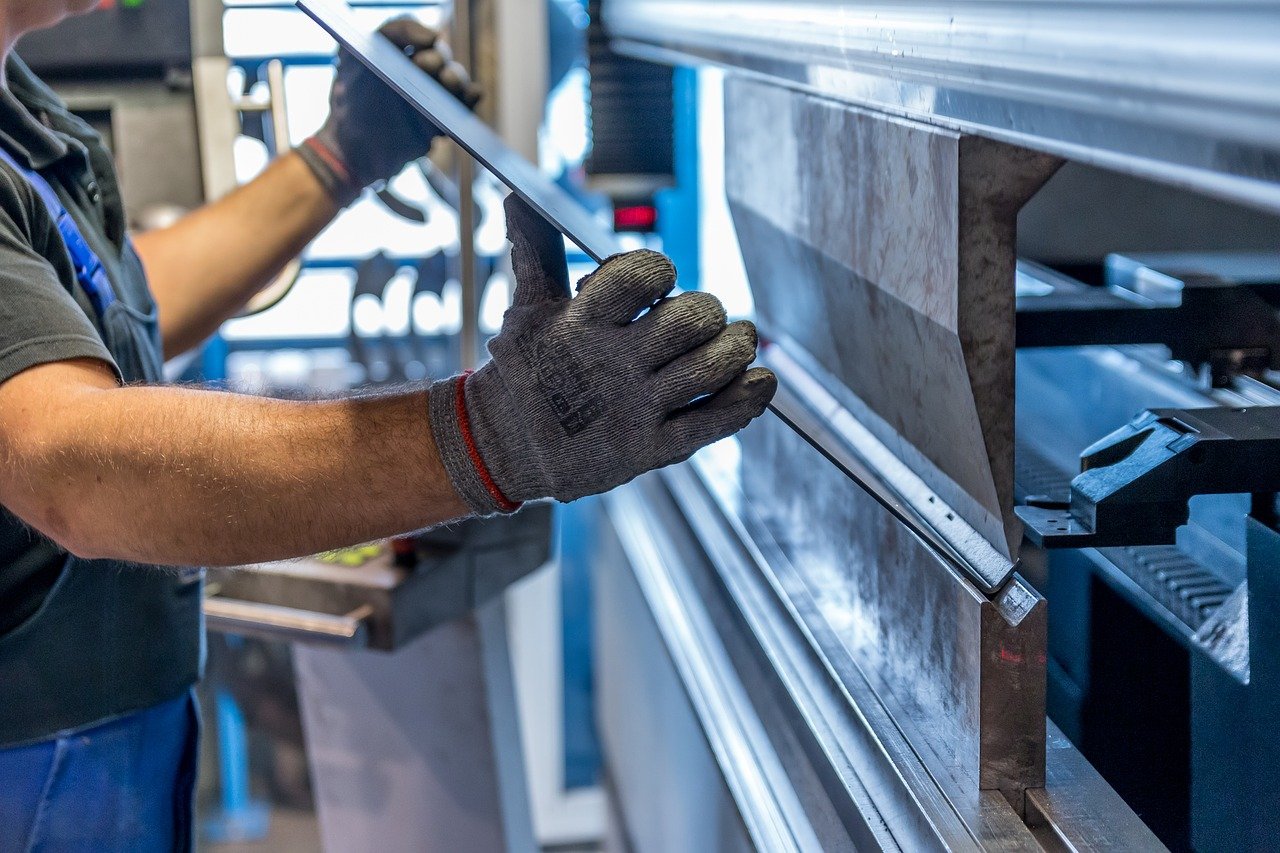The transition from bulky, isolated systems to integrated, networked solutions has significantly improved laboratory information systems (LIS) functionality, making them critical in clinical decision-making processes.
This article will examine how LIS has evolved over the decades. We’ll explore how laboratories have evolved from simple paper records to highly integrated technological platforms. We’ll also look into current trends in LIS and future possibilities.
Early Days of Lab Records: From Paper to Punch Cards
Before computers became commonplace in laboratories, early record-keeping relied heavily on manual methods. Laboratory technicians documented sample information, test results, and observations in handwritten ledgers.
While straightforward, this approach often led to data interpretation and transcription errors, making information sharing difficult. The introduction of punch cards and simple tabulating machines during the mid-20th century marked the first significant technological advance. The punch cards facilitated simple data storage and retrieval, improving data accuracy, even if only marginally.
The Birth of Computerized Laboratory Management Systems
The 1960s saw the dawn of electronic data processing, which radically transformed laboratory management. Pharmaceutical companies and large research labs introduced the earliest LIS, allowing laboratories to organize and store information digitally.
These systems relied on mainframe computers and required specialized skills to operate. Despite their basic features and limited processing capabilities, they allowed centralized data management and efficient retrieval.
The 1980s and 1990s: The Rise of User-Friendly LIS
With the introduction of the personal computer in the 1980s, laboratories shifted from mainframes to standalone computers for managing data. LIS started to become more user-friendly, incorporating user interfaces that made it easier for technicians to navigate.
This era also saw the development of modular systems that could be customized to fit the specific needs of different laboratories. Data storage became less cumbersome, and laboratory managers could compile comprehensive test result reports more efficiently. Networking capabilities also allowed laboratories to share data within departments and other facilities.
The 2000s: Web-Based Solutions and Integration with Hospital Systems
The 2000s brought internet-based LIS platforms that drastically improved information accessibility and collaboration. With web-based LIS, technicians and clinicians could access data from multiple locations and devices, eliminating many delays caused by data repositories.
At the same time, integrating LIS with electronic health records (EHR) and hospital information systems (HIS) became more widespread, promoting seamless data exchange between departments. This integration streamlined workflows and allowed healthcare professionals to access comprehensive patient information for accurate diagnoses.
Modern-Day LIS Features
These are some of the advanced features lab that exist in modern LIS:
- Automation
Automation handles repetitive tasks such as sample labeling, test result interpretation, and data entry.
- Artificial Intelligence
AI tools analyze vast datasets to identify trends and assist with clinical decision-making, resulting in faster, more accurate diagnoses.
- Seamless integrations
Modern LIS is designed to accommodate growing data requirements and integrate seamlessly with EHR systems to enable a cohesive flow of information across healthcare organizations.
Additionally, mobile applications enable healthcare professionals to access lab results in real-time, ensuring that urgent information is always available.
- Data Analytics
Data analytics help laboratory managers make data-driven decisions about resource allocation, cost management, and patient care optimization.
Emerging Trends and the Future of LIS
Here are some of the emerging trends shaping the future of LIS systems.
Blockchain for Enhanced Security
Blockchain technology offers a safe way to manage sensitive patient data. Storing information in a tamper-proof chain ensures that data is secure and easy to verify.
IoT Integration for Real-Time Data
The Internet of Things (IoT) allows tech devices to collect and share data over the Internet. For LIS, devices like wearables can send patient vitals directly to the lab system, allowing for immediate data updates and proactive patient care. Similarly, smart lab equipment can automatically update LIS, keeping data accurate and current.
Predictive Analytics for Better Outcomes
Predictive analytics can forecast future health events using historical data and machine learning. This technology helps identify patients at risk of diabetes, enabling early treatment. With LIS, predictive analytics can provide deeper insights, aiding doctors in making timely and precise treatment decisions.
Cloud-Based Platforms for Scalability and Flexibility
Cloud-based LIS platforms provide flexibility and scalability without extensive local infrastructure. They support easy data sharing across locations and allow remote access, accommodating the evolving needs of modern laboratories.
Support for Personalized Medicine
As personalized medicine grows, LIS will be able to handle complex genetic data efficiently. Future systems will support efforts to match treatments to an individual’s genetic profile, enhancing the effectiveness of medical treatments.
Key Takeaways
The future of LIS will be marked by security enhancements through blockchain, real-time data sharing via IoT, predictive analytics for improved diagnostic accuracy, cloud-based flexibility, and personalized treatment plans.
These emerging trends will allow laboratories to be more accurate, efficient, and responsive to healthcare’s evolving needs. It’s important to stay updated of these changes to maximize the benefits of LIS and enhance clinical outcomes.







